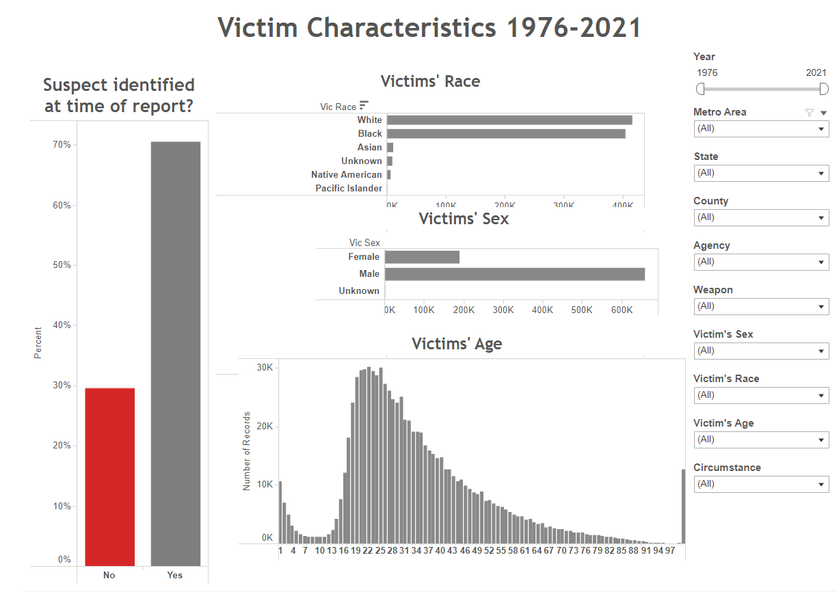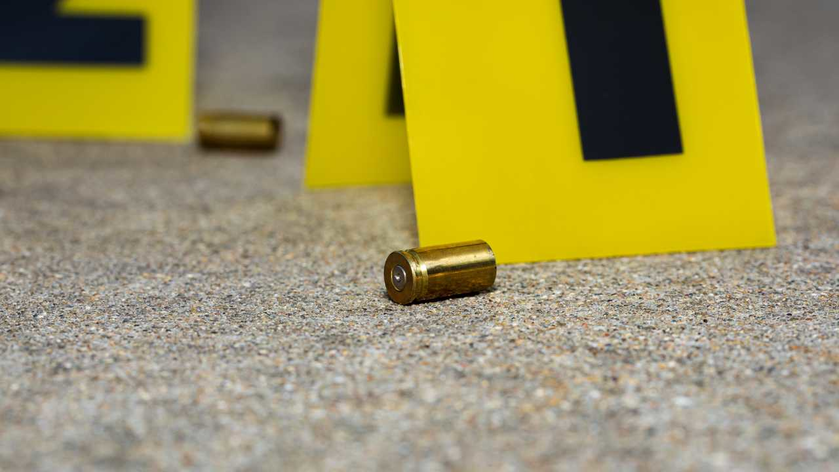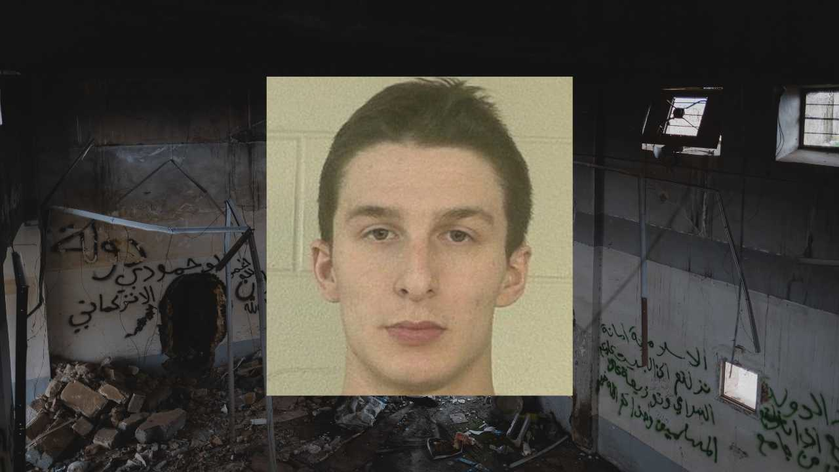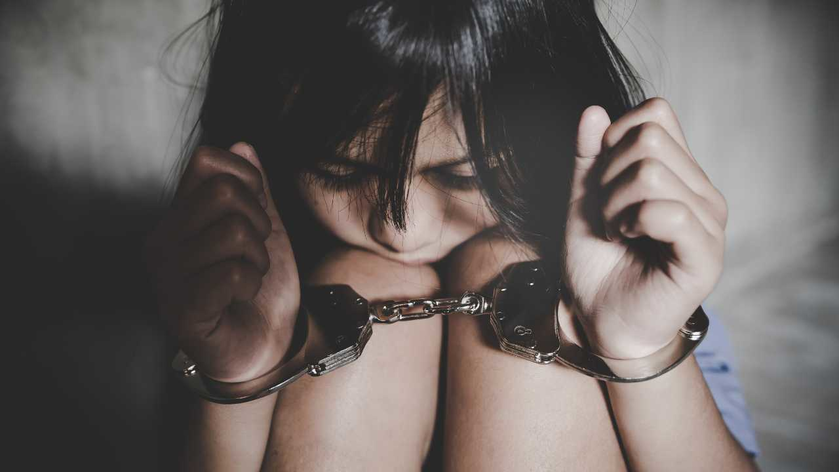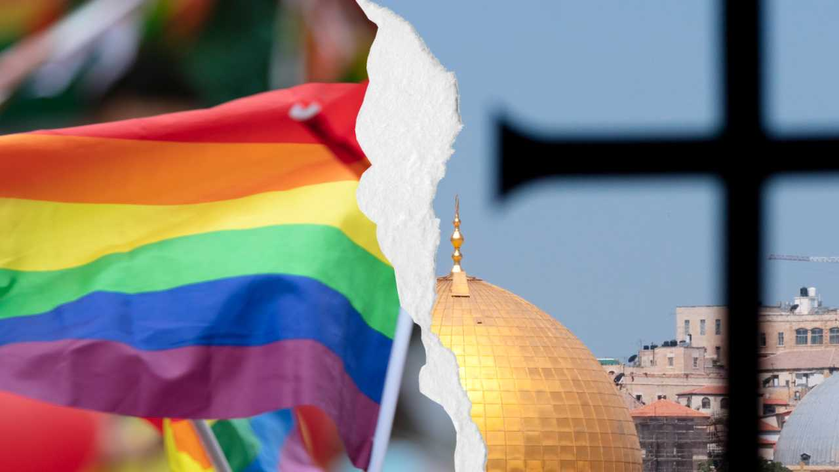Monday morning, the pattern of mass shootings on the rise in America proved that no matter the day or the time, people are getting shot in record numbers.
In Baltimore Monday morning, police say that around 11;45 a.m. in the 2000 block North Charles Street, four men were shot and sustained non-life-threatening injuries. Three of the victims were taken to hospitals while the fourth victim went to the hospital on his own.
Who are these victims and why will this particular mass shooting make the national news? You know why.
Society has deemed a portion of our populous as expendable. They are out of sight and out of mind and as long as a stray bullet does not take out one of the important people in society then it's fine.
Gang violence, drug violence, domestic violence, and other types of crimes when committed by less-than-desirables, and the victims are the undesirable characters, who cares?
When a teen takes up the streets as a way of life, it's as if they are giving up their souls to become shadow people. They exist, but only within someone else's light. And when they die, they die in the dark and when the blood is washed away, it is as if they never even really existed.
Over the weekend, a small Alabama town experienced its own tragedy when a gunman or gunmen opened fire on a packed sweet sixteen birthday party. Dadeville, Alabama has a population of roughly 3,000 people. A shooting of this magnitude will forever change this community.
All four victims killed have been identified, Tallapoosa County Coroner Mike Knox said.
Those killed at a venue in downtown Dadeville were:
• Corbin Dahmontrey Holston, a 23-year-old male from Dadeville, Alabama
• Marsiah Emmanuel Collins, a 19-year-old male from Opelika, Alabama
• Philstavious Dowdell, an 18-year-old male from Camp Hill, Alabama, and a senior at Dadeville High School
• Shaunkivia (KeKe) Nicole Smith, a 17-year-old female, also a senior at Dadeville High School
A total of 28 other party goers were injured in the shooting.
The gunfire erupted around 10:34 p.m. Saturday at an event venue in downtown Dadeville. Keenan Cooper, the DJ at the party when the shots rang out, said he didn’t notice any fight or disturbance before the shooting.
- Total Number of GV Deaths - ALL Causes12,369
- Homicide/Murder/Unintentional/DGU5,307
- Suicide 7,062
- Total Number of Injuries 9,627
- Mass Shootings 163
- Mass Murders 15
- Number of Children (age 0-11)Killed 76Injured 175
- Number of Teens (age 12-17) Killed 438Injured 1,073
- Officer Involved IncidentKilled 18
- Officer Killed or Injured Injured 115
- Officer Involved IncidentKilled 411
- Subject-Suspect Killed or Injured Injured 243
- Defensive Use 307
- Unintentional Shooting 441
I hyperlinked each category so that you can go and look for yourself, bookmark the site, and check it often. Too many of these cases are being swept under the rug.
A study by the RAND Corporation in 2018 found that there is no standard for what qualifies as a mass shooting.
From law enforcement, macadamia, and the media, the definitions vary from the number of fatalities to whether a shooting that injures several people but doesn't kill anybody is a mass shooting. Gang-related shootings tend not to fit that definition.
"Because mass shootings that stem from domestic and gang violence are contextually distinct from high-fatality indiscriminate killings in public venues, some have argued that they should be treated separately," RAND reported.
The U.S. Congress defines a mass shooting as three or more people killed in a single incident, not including the perpetrator. The Gun Violence Archive builds on that definition to describe a mass shooting as “four or more people are shot or killed in a single incident, not including the shooter.”
Because they do not meet the "definition" many of the mass shootings are left out of the headlines. Victims are memorialized in their local newspapers through an obituary and maybe they are lucky enough to receive a couple of paragraphs about the incident and then it as if it never happened.
Recently I wrote an article about getting away with murder. At one time, murderers were caught, tried, and sentenced. Now, depending on where you live, you have a 29%-75% chance of never seeing the inside of a jail cell, and families are unlikely to see justice for the loss of their loved one.
Murderers in America have a 50% chance of getting away with it, according to alarming new data showing homicide clearance rates at an all-time low.
Analyses of FBI data show that 71% of homicides were deemed solved in 1980 — dropping to only about 50% in 2020.
The Marshall Project and Murder Accountability Project compile data because there is no publicly available government database tracking homicides and the outcomes of police investigations into them.
Murder Accountability Project reports that "the official accounting of crime in America, showed more than a 28 percent increase in homicides from 2019 to 2020, the largest one-year surge in the history of the federal reporting program. That surge seemed to dissipate in 2021 according to data the FBI received, but this was due to declining participation by local police following mandatory adoption of the National Incident Based Reporting System (NIBRS) which seeks to improve the amount of reported detail of criminal activity. Only about 57 percent of the nation's murders were reported to the Bureau in 2021."
